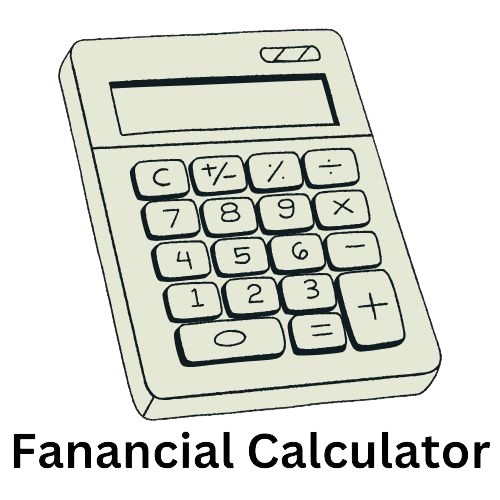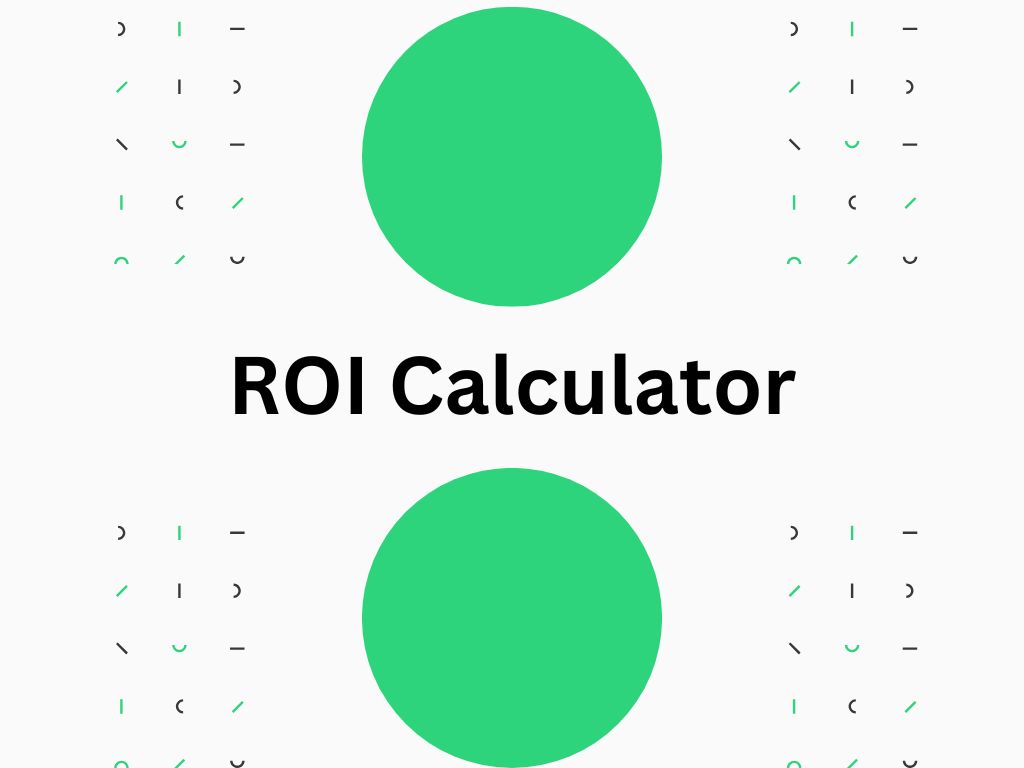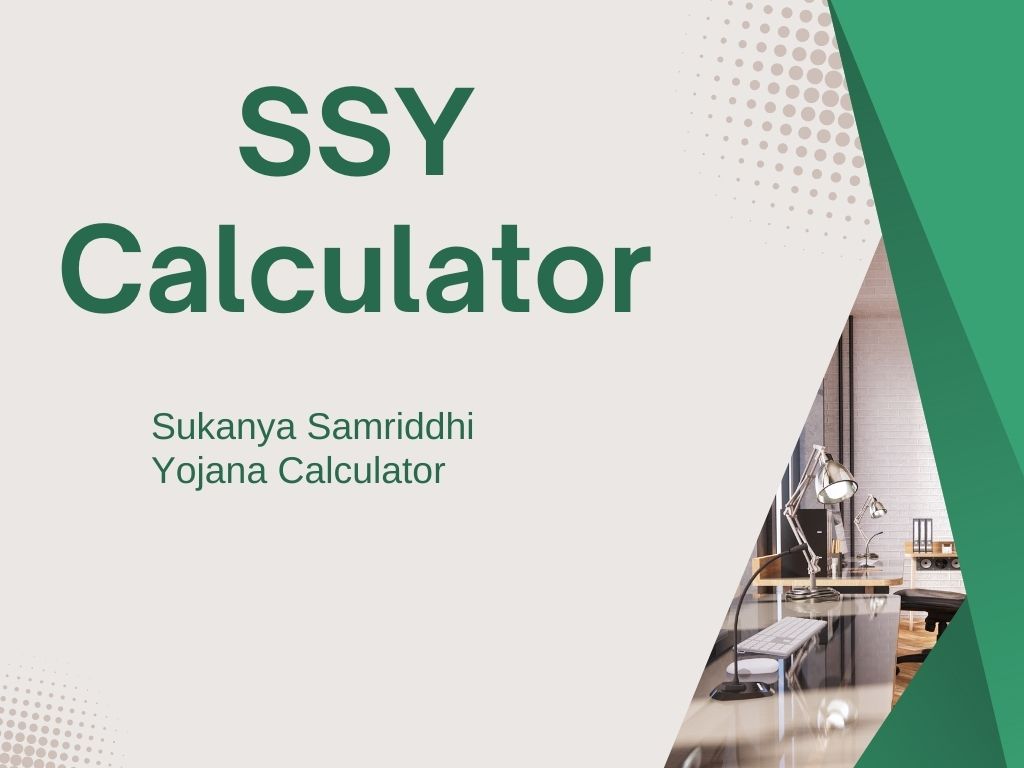RD Calculator
A Comprehensive Guide to Recurring Deposits (RDs) and Their Calculators
Understanding Recurring Deposits (RDs)
Recurring deposits (RDs) are a popular investment option in India, similar to fixed deposits (FDs). However, unlike FDs, RDs require regular monthly contributions rather than a lump sum investment. This disciplined approach can be beneficial for building savings and achieving financial goals.
Key Features of RDs:
- Regular Contributions: Investors make fixed monthly deposits into their RD account.
- Higher Interest Rates: RDs typically offer higher interest rates compared to savings accounts.
- Flexibility: You can choose the tenure and monthly contribution amount to suit your financial situation.
- Compound Interest: Interest is earned on both the principal amount and accumulated interest, leading to higher returns.
The Importance of an RD Calculator
Calculating the maturity value of an RD can be complex, involving multiple variables and compounding interest. An RD calculator simplifies this process, providing accurate estimates and helping you make informed investment decisions.
Benefits of Using an RD Calculator:
- Accurate Calculations: RD calculators ensure precise calculations, eliminating the risk of errors.
- Time-Saving: It saves you from the hassle of manual calculations, allowing you to focus on other financial matters.
- Financial Planning: An RD calculator helps you plan for future goals by estimating your potential returns.
- Comparison Shopping: You can compare the maturity values and interest rates offered by different financial institutions.
How an RD Calculator Works
An RD calculator typically requires the following inputs:
- Monthly Deposit Amount: The fixed amount you plan to invest each month.
- Interest Rate: The annual interest rate offered on the RD.
- Tenure: The duration of the RD in years and months.
Based on these inputs, the calculator uses a specific formula to calculate the maturity value.
The Formula for RD Maturity Value
The formula for calculating the maturity value of an RD is:
M = P * (1 + R/N)^(Nt)
Where:
Mis the maturity amountPis the monthly deposit amountRis the annual interest rate (expressed as a decimal)Nis the compounding frequency (usually quarterly)tis the tenure in years
Factors Affecting RD Interest Rates
Several factors can influence the interest rates offered on RDs:
- Bank or NBFC: Different financial institutions may offer varying interest rates.
- Tenure: Longer tenures often result in higher interest rates.
- Amount Deposited: Larger monthly deposits may qualify for better rates.
- Current Economic Conditions: Interest rates can fluctuate based on economic factors.
Tips for Maximizing RD Returns
- Compare Interest Rates: Research and compare the interest rates offered by different banks and NBFCs.
- Consider Tax Benefits: Some RDs may offer tax benefits under specific schemes.
- Start Early: The earlier you start an RD, the more time your money has to grow.
- Set Financial Goals: Use an RD calculator to determine how much you need to invest to achieve your goals.
Conclusion
Recurring deposits are a disciplined and effective way to save and invest. By using an RD calculator, you can accurately estimate your potential returns, plan for financial goals, and make informed investment decisions.






